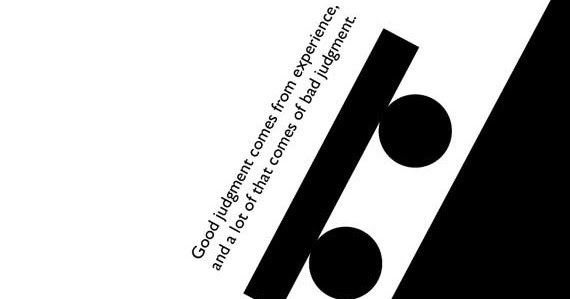
I came across this quote while looking for something else, and saved it because I like it so much. It’s so true – if you don’t want to hear what other people have to say, they will stop sharing their thoughts with you. Your team has so much skill, perspective, creativity, possibility, and innovation inside, but if you value being right more than being open, you will lose all of it.
A few months ago I referenced an article in the Harvard Business Review that talked about getting the CEO out of their bubble. No one likes giving the boss bad news, and so a boss that doesn’t seek out what’s going wrong will likely never learn about it.
That’s right. Not only do you need to listen, you need to actively seek out people to listen to. It’s a great first step to not tear the head off of anyone giving you news you don’t want to hear, or ideas that don’t fit with your ideas. Keeping an even temper ALWAYS can give people a little more trust and courage to approach you. But that’s not enough to really get a full view of what’s going on in your organization.
When I bring workshops using the LEGO® SERIOUS PLAY® methodology to an organization, one of the advantages is that people can store a lot of information in a single LEGO® model. It means they don’t have to store their story in their heads, because it’s backed up in the model, so people can listen more fully to others. Plus, there is something to look at while listening. This ‘listening with their eyes’ helps people understand what is being said, and remember it more fully. Being encouraged to ask questions of the model if there’s something that they don’t understand also helps keep people engaged and involved in what the other person means.

People need safe space to meet face to face to be able to function well as a team.
The good news is you don’t need to have LEGO® bricks in the office to be able to listen with your eyes. Look around your organization. Do people look tense? Are all the shoulders up around the ears? Do people take time at lunch to eat and talk? How late to people have to stay to keep up with their work load? Listen to your organization. Do people sound impatient? Tired? Frustrated?
Sometimes merely asking how things are going is enough to get to meaningful information. But if you have had a history of killing the messenger, or if you rarely emerge from your lair, you may have to dig deeper to get to real information. Start asking questions about what you see, and really listen to the answers.
A quick note about listening: Not knowing things might make you uncomfortable. I hate it when someone points out a place I think I know things but I don’t. It makes me feel inadequate and stupid. Here’s the thing – you’re not supposed to know everything. That’s why you have people. So please take a deep breath, or whatever else calms you down, and allow the discomfort to wash through you and away. In the end, what you learn will be worth all of the icky feelings.










